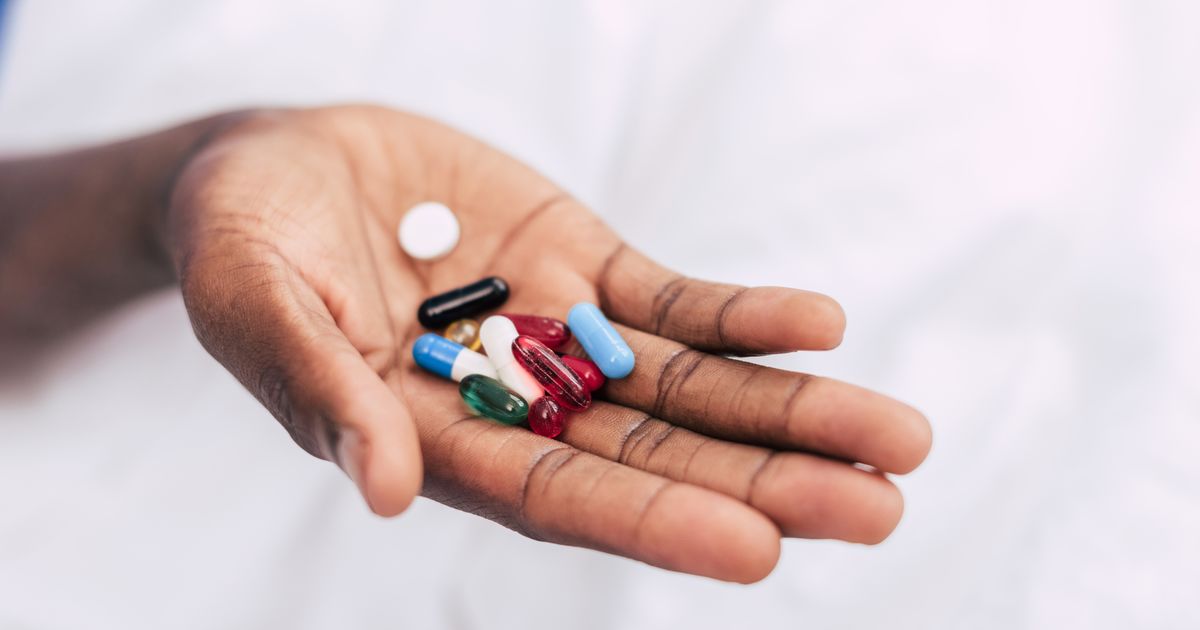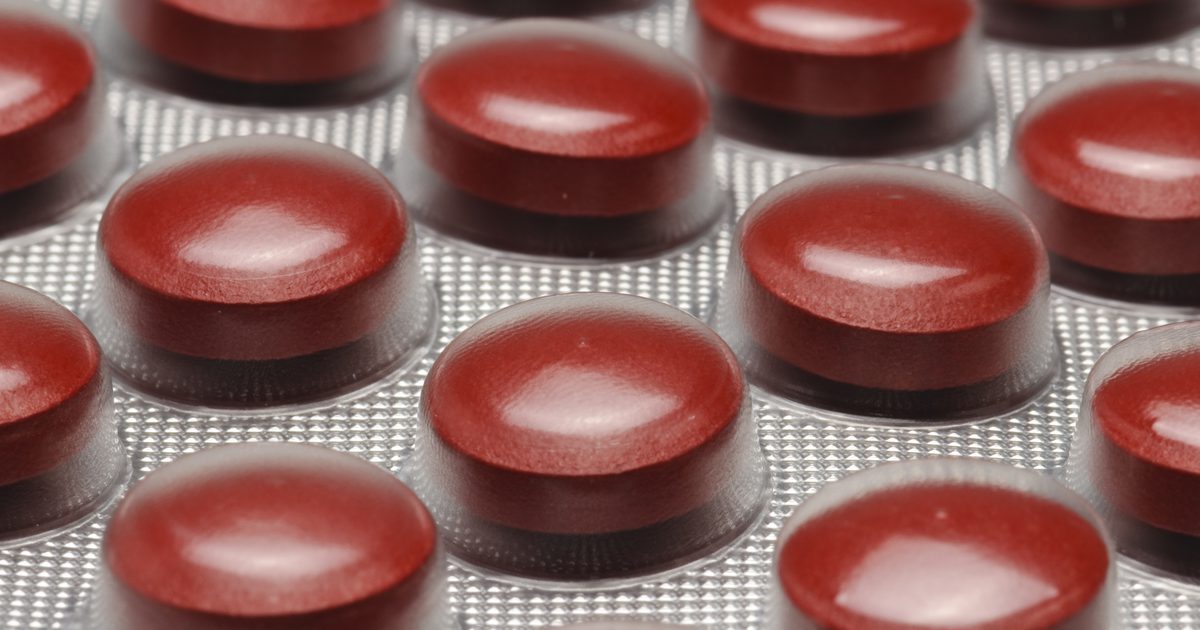Helpful Options For Treating Migraines
Migraines are severe headaches that usually occur on just one side of the head. Symptoms include intense pain, a throbbing or pulsating sensation, vomiting, nausea, and sensitivity to light or sound. Unlike less severe headaches, migraines are often accompanied by an aura that occurs just before the onset of pain. Common auras include seeing flickering lights, experiencing black spots in the visual field, or having a pins and needles sensation on one side of the face or in an arm or leg.
Migraines can be debilitating, and the pain may last for several hours or even days. In some cases, migraines may be triggered by a particular event. The common condition affects an estimated thirty-eight million individuals around the United States, as much as thirteen percent of the population. Two to three million individuals experience chronic migraines.
The following methods can help migraine sufferers manage their symptoms.
Pain Medication

A variety of pain medications are often helpful in reducing the severity of pain associated with migraines. Patients may need to try several different combinations of medications before they find one that works best to control their symptoms. Over-the-counter medications such as ibuprofen, acetylsalicylic acid, and acetaminophen can sometimes help if patients have mild migraines. Some over-the-counter medicines created specifically for migraine pain may help for moderate migraines as well. Individuals who experience severe migraines, however, may require prescription medicines.
Indomethacin, a pain reliever that can be administered as a suppository, helps patients who experience nausea with their migraines and cannot take oral medication. Other prescription pain relievers include triptans such as sumatriptan, zolmitriptan, and eletriptan, which can be delivered in a variety of forms. These medications work by constricting certain blood vessels and blocking the brain's pain pathways. Side effects from these medications include dizziness, feeling sleepy, and muscle weakness.
Continue reading for more on treating migraines now.
Blackout Curtains

Blackout curtains help block light entering a room and are particularly helpful in reducing a patient's sensitivity to light during a migraine. The curtains are available in a range of fabrics including velvet and other materials generally used for upholstery. The most effective types of these curtains use three layers, including a layer of foam at the back to completely block out light and also dampen sound. Depending on the weight of the curtains, they may also provide some degree of soundproofing, which can help migraine sufferers have a quieter environment in which they can recover from their headache. Some blackout curtains may not cover the entire window or may leave a gap in the middle. In these cases, tape can be used to overcome this defect. Some patients may wish to supplement their use of blackout curtains by also using an eye mask and soft earplugs to further reduce the levels of light and sound they experience.
Reveal more ways in which migraines can be treated effectively now.
Anti-Nausea Medication

Nausea is one of the most common symptoms patients experience during a migraine, and it may also be a side effect of the medication they take for their symptoms. Peppermint and ginger can be used in teas and may be useful for mild migraines. Medications used to combat nausea usually include metoclopramide, promethazine, ondansetron, and domperidone, which can be taken orally or as an injection. Possible side effects of anti-nausea medications generally include fatigue, insomnia, confusion, and feeling restless. Often, medication to reduce nausea is given at the same time as medication to prevent or reduce vomiting. These drugs, known as anti-emetics, include dimenhydrinate, meclizine, and promethazine and are often available in suppository or other non-oral formats. Depending on the type of anti-emetic drug used, side effects can include dry mouth, constipation, dizziness, fatigue, and heartburn.
Learn more about the treatments for migraines now.
Preventative Medication

Preventative medication can help reduce both the severity of symptoms and the number of migraines an individual experiences. They are also beneficial in shortening the length of any migraines that do occur. Doctors generally offer patients preventative medication if they have at least four migraines per month or if their migraines last more than twelve hours. These medications are also offered to patients for whom pain relievers are ineffective and those who experience tingling, weakness, or extended auras with their migraines.
Some of the most commonly recommended medications for migraine prevention include tricyclic antidepressants, beta-blockers, calcium channel blockers, Onabotulinumtoxin A (Botox), and anti-epileptic medications. Certain patients will need to take these medications daily to manage their symptoms, though other migraine patients may be advised by their doctor to take the medicines only when they are experiencing a trigger. Some of these medications, particularly anti-epileptic medicines and antidepressants, have the potential for serious side effects and require close monitoring from a doctor. In some cases, blood tests may be necessary while taking these medicines. Certain medications are unsafe for use during pregnancy. After a period of taking these medicines, doctors may want patients to try to taper off of them and see if their migraines return.
Keep reading to get familiar with more treatments for migraines.
Muscle Relaxation Exercises

Muscle relaxation exercises can help relieve some of the tension that comes with migraines. Yoga, meditation, deep breathing, and progressive muscle relaxation techniques often provide some symptom relief for many patients and are useful as complementary medicine techniques. Restorative yoga is a yoga type focused on healing and may be especially helpful for reducing anxiety and stress in migraine patients.
Some patients may find specific yoga poses comforting during a migraine attack. Deep breathing exercises relax the entire body and can be a natural source of pain relief. Patients should practice these on migraine-free days, and those who gain familiarity with them may be better able to slow and deepen their breathing during an attack, thereby reducing pain. Meditation has been shown to increase relaxation and reduce pain as well, and patients may be able to use this technique as a distraction from their symptoms, even during an attack. Some patients who use these methods may need fewer pain relievers or other medications.
Learn more about how to treat migraines now.
Dihydroergotamines

Dihydroergotamines are medications used for treating cluster headaches and migraine headaches. With that said, experts do not recommend using this medicine for migraines affecting just one side of the brain. The medicine also shouldn't be used for migraines at the base of the neck and brain, or for the prevention of migraines. This ergot medication works by causing wide blood vessels in the head to become narrower. It causes headaches to have fewer throbbing effects. Dihydroergotamine medication is injected into a muscle, into a vein, or underneath the skin. Patients will receive dosage instructions from their doctor. The exact dosage varies depending on the condition in question and how patients respond to treatment. The medication is used as needed and is not designed to be used on a daily basis in the long-term. It works most effectively if patients take it when they have the first signs of a migraine. Doctors may instruct patients to repeat the dose an hour after they take the first dose if they don't experience relief.
Get more information on treating migraines effectively now.
Lasmiditan

Lasmiditan is one of the more recent treatments for migraine medications. In fact, it only received full FDA approval in October 2019. The medication has been approved as an oral treatment for acute migraines, whether they come with an aura or not. It's part of a developing class of acute migraine medications called (5-HT)1F receptor agonists, and it's the first medication in this class to receive full FDA approval. When the drug was administered therapeutically, it showed a lower risk of dependency than benzodiazepines and some other central nervous system medications. Lasmiditan works by blocking processes that cause total headaches, so it has the best effect if it's taken at the first sign of a developing headache. The medication works on serotonin receptors in nerves that transmit pain from a headache. This helps block the pain signals being sent to the brain without affecting the blood vessels. As such, it's an ideal alternative treatment for patients who cannot take medications that narrow blood vessels.
Uncover more ways to treat migraines now.
Stay Hydrated

One of the most common causes of generalized headaches is dehydration. If individuals notice their head is aching dully, it might be because they haven't drunk enough water. Dehydration can be a trigger for migraines. The risk sometimes becomes greater during the summer, when individuals are more likely to overheat and lose water. There was one study done on the relationship between hydration and migraine. Participants in the study drank six extra cups of water on top of their usual daily intake. Over the next two weeks, the individuals who did this had reduced migraine pain when they did have migraine attacks. In addition, they had an average of twenty-one fewer pain-filled hours than the control group that didn't drink water. The best way to stay hydrated is to sip fluids throughout the day. It's helpful to avoid drinks with high caffeine and alcohol contents, since these can have a diuretic effect. Some individuals might also benefit from eating fruits and veggies that have high water contents.
Read more about managing migraines now.
Dietary Changes

Dietary changes can sometimes have an impact on the severity, duration, and frequency at which individuals experience migraines. It's important to note dietary changes alone are rarely enough to manage migraines fully, but they can have an impact. One interesting note is research indicates caffeine can have a beneficial effect on migraines. Many individuals are dependent on too much caffeine to get through their day-to-day lives. But there are a lot of migraine patients who say sodas, coffee, and over-the-counter headache medications with caffeine are all helpful. If individuals do use caffeine to treat headaches, it should be used infrequently to avoid developing a dependence. If individuals use caffeine too often, they may end up having headaches when they don't as part of withdrawal. Other common migraine triggers are alcohol, aged cheese, smoked fish, food preservatives, yeast extract, cured meats, and chocolate. Not all of these cause migraines, but many have found a correlation. Beer and red wine are especially likely to trigger migraine symptoms.
Reveal another treatment for migraines now.
Cold Compresses

Some migraines can be treated with cold compresses. This won't necessarily stop the headache or reduce the length of time an individual has it, but it can help manage the pain. Historically, cold therapy has been used to treat migraines for 150 years. The way cold works is by causing the blood vessels to constrict and narrow, which can reduce the brain's ability to receive pain signals. In addition, placing a cold compress on a painful area causes the brain to interpret the area as cold rather than painful. One study indicated wrapping a frozen compress around the neck when symptoms began helped reduce migraine pain significantly. Some researchers believe cold compresses on the head and neck can help cool the blood that flows to the arteries. This might reduce the inflammatory responses in the brain, which leads to less migraine pain. Ice packs are a home remedy individuals can make with a frozen sponge or bag of vegetables wrapped in a towel.
